
Cause Marketing & Brand Trust: Communicating About Values & Politics

Not sure about you, but I put a hold on most communications during the presidential election week to try to avoid adding to the whole-lot-of-everything going on across the web.
Probably would’ve been a good idea for some others to consider doing the same.
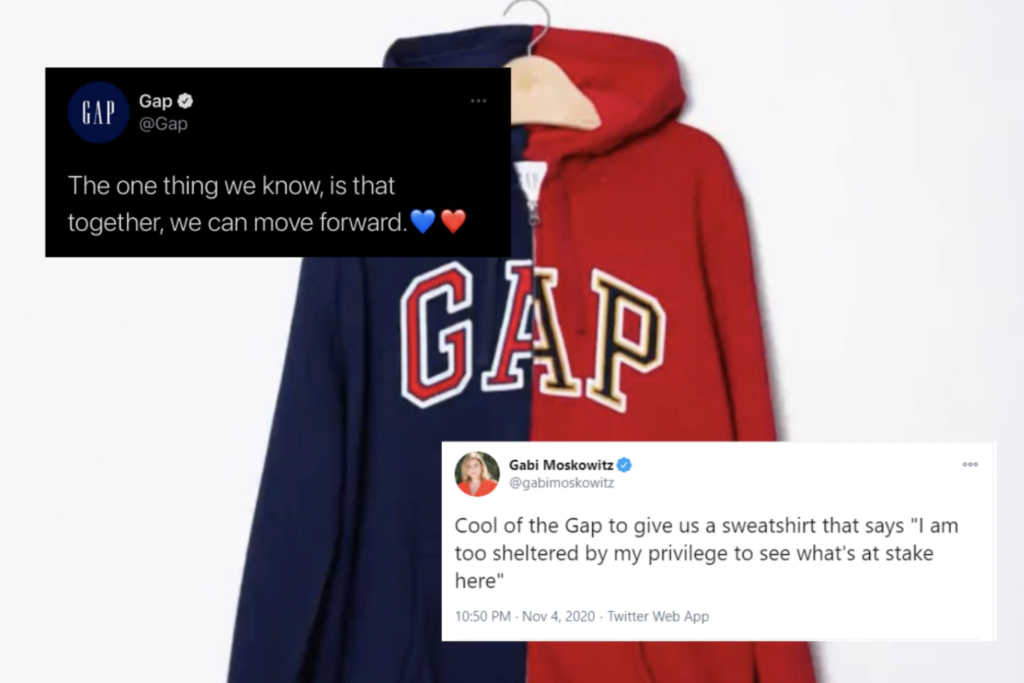
Here in the US, things feel more divided than ever. But the division isn’t only present in the States. We’re seeing more global polarization around political and social views.
And our beliefs don’t stay compartmentalized within our personal lives.
What do you do when your co-worker sitting in the desk next to you or a customer expresses views different from your own? Views that you perhaps find morally repugnant?
Related Content: Lessons on Inclusive Marketing and Brand Authenticity from Rihanna
I’ve seen a lot of people I’m connected with on social media freely discussing a variety of different political topics. And I couldn’t honestly say reading people’s thoughts didn’t have an impact on how I perceive them.
On the other hand, some tried to keep it professional and didn’t comment on anything significant, choosing to stay focused on business only.
I’m not sure that’s the right option either.
When the entire world is waiting on the results of an election that will shape our future and the world at large, your usual content about an upcoming product webinar feels…tone deaf.
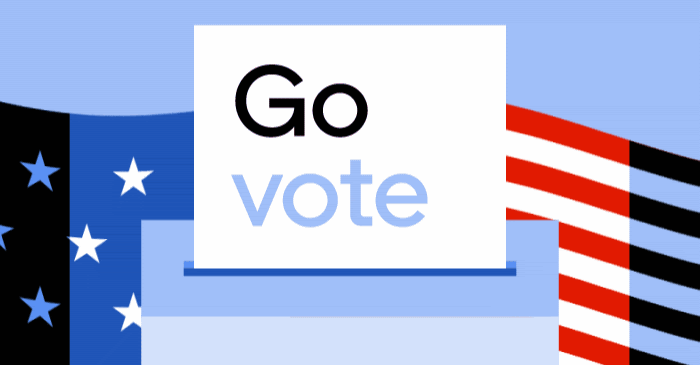
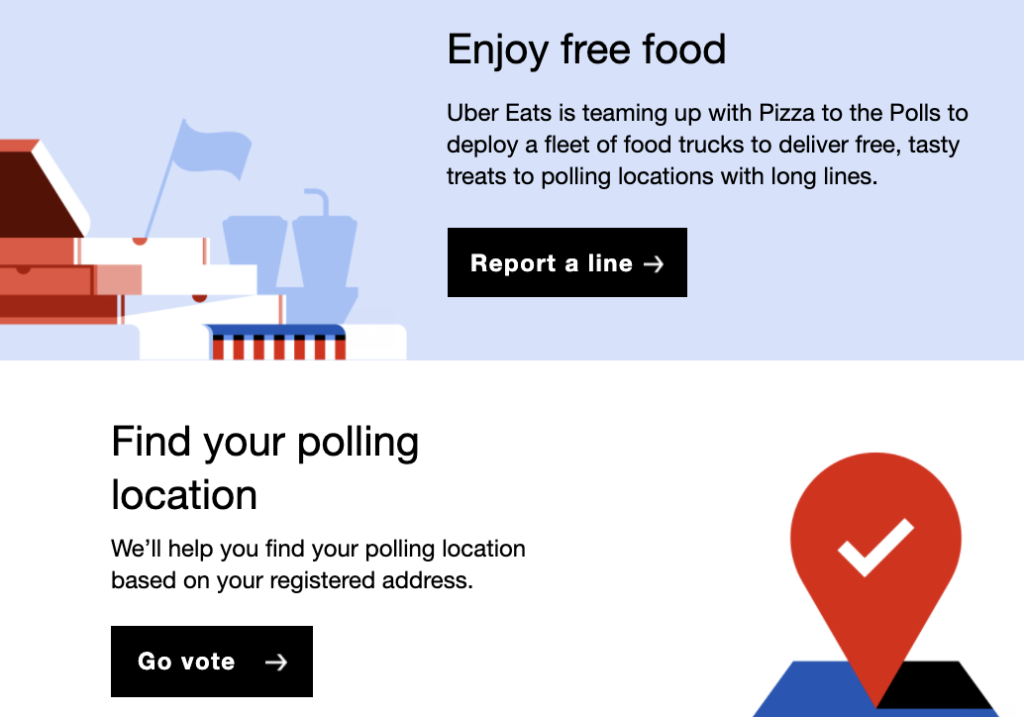
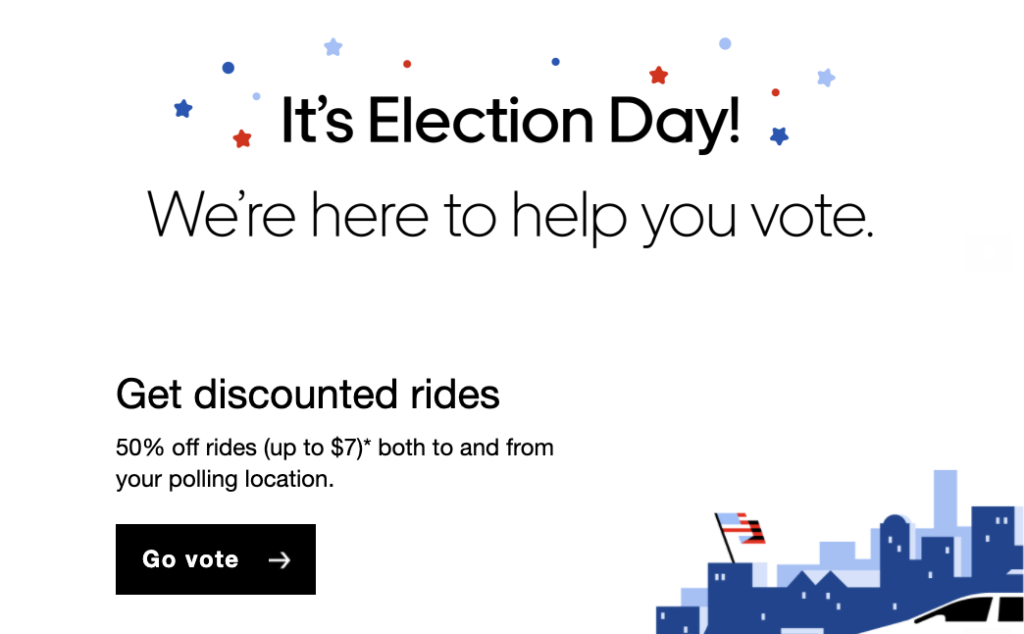
The same applies for brands.
It just doesn’t work for brands to pretend they operate in a space outside the reality their customers exist in. While buyers are coping with life-changing events (like a pandemic or a politically charged election season), generic platitudes often fail to connect.
Cause marketing matters more than ever when it comes to successful brand building and creating trust.
Customers increasingly express an interest in knowing whether the brands they engage with align with their personal values:
77% of consumers buy from brands who share the same values as they do.
HavasGroup
“I must be able to trust the brand to do what is right:” 81% of consumers agree with this statement (Edelman).
And almost half (48%) think it’s easier for people to get brands to address social problems than to get government to take action. (Not sure if that’s more an indication of how low our faith in politics has fallen.)
On the other hand, customers are also extremely wary of brands trying to game them or virtue signal for profit.
More than half (56%) of people think brands use social good messages as an inauthentic marketing tactic.
Edelman
Ouch.
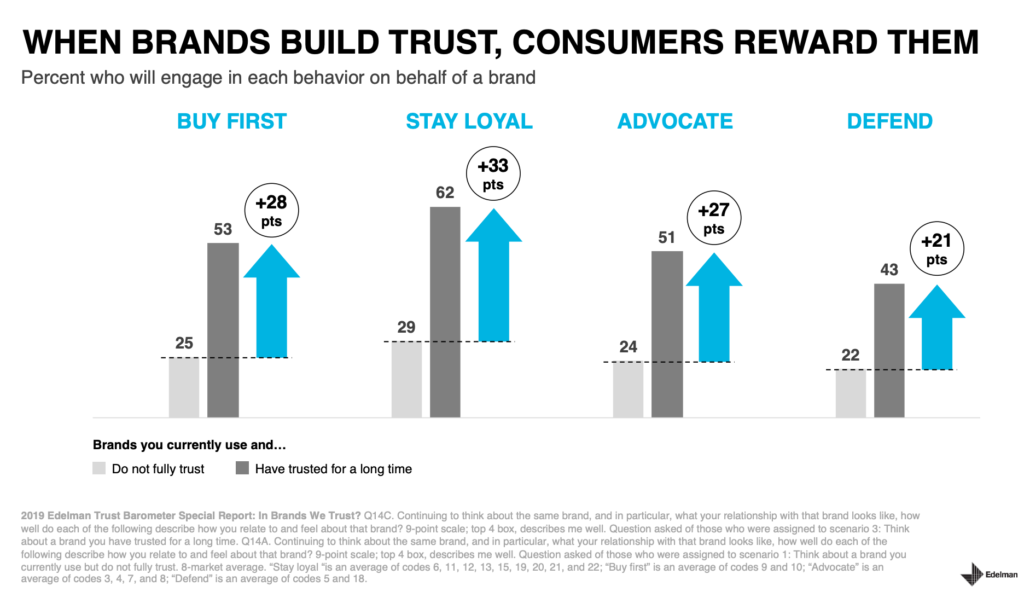
I’ve seen piece after piece lamenting the lack of brand loyalty among younger generations, and maybe we’ve been missing the message.
Younger generations are concerned with more than continuing to go along with their grandparent’s tried-and-true brand recommendations. And perhaps also interested in more than just what’s cheapest or most convenient. They might be the main drivers behind the expansion of cause marketing.
Related Content: The Social Walls We Build: Thoughts on Social Media Bias
Which means brands have to start being more mindful about their marketing and positioning.
It means more investment in relationship building and more thought behind how to create a public image that mirrors the business’s values, plus what impact that will have on customer demographics.
(It also likely points to more power for influencer marketing.
A stat that should be surprising to no one who pays attention to marketing trends, 63% of consumers trust influencer messages about brands more than direct brand marketing and advertising.
That trend is more applicable as brands look to find authentic ways to connect with upcoming generations of buyers.)

Quick example — Coinbase CEO Brian Armstrong shut down the idea of cause marketing when he posted a statement to the company’s blog.
The post notified that the company would aim to be “mission-focused” and apolitical moving forward, mandating that all employees refrain from public statements around politics or activism. He gave employees the option to leave the company with severance pay or abide by the rules. Sixty employees (5%) took the exit route.
But a month later Armstrong tweeted support of an article titled “Why I am Voting for Kanye West” that included discussion about politics and also contained misinformation and inaccuracies (the tweet was since deleted). Many asked whether this countered the earlier stance he’d taken.
It’s tough to take a stand, but even those brands that try to play it safe will face challenges.
We’re all only human after all.
But cause marketing doesn’t mean brands need to be extreme or start hitting the campaign trail for one political candidate/party or another. Polls indicate that strong political messages from brands are actually a turn off.
So is it possible for brands to lend support to important issues while not totally alienating customers on one side of the political spectrum or the other?
Related Content: Appeal to Fear Marketing Psychology: Does Scaring Your Buyer Work?
Many market research surveys show people are generally positive about topics like expanding leadership opportunities for women, promoting education, or expanding awareness about accessibility for people with disabilities.
Other causes that are well supported in American consumer surveys:
- the U.S. military (supported by 60% of adults)
- Criminal justice system reform (49%)
- Rights of racial minorities (46%)
It comes down to each brand having the kind of relationship with its buyers that enables effective communication around social causes.
That’s why Nike can release a controversial ad featuring Colin Kaepernick and not see any detrimental impact to the brand’s profit or reputation. (Nike stock actually increased in value by 5% after the ad was released, despite a boycott among opponents to Kaepernick.)
If you’re interested in seeing some examples of ads that tackled a social issue and performed well among respondents across the board, here are a few:
Secret – “Risk It All“
Petsmart – “Make a Friend“
Athleta – “Women Run It All“
And here’s a bonus ad from Oreo that made me roll my eyes, even as I admittedly fell victim to the cutesy music and snuggly critters (the comments section is pretty hilarious, too, if you want to take a gander).
Oreo – “The Fair“
Read about improving customer experience: Studies Show Bad UX is Expensive and Hurts Your Profits
Want more tips and recommendations on how to set up the right influencer marketing strategy? Connect with me on LinkedIn or sign up for my newsletter and get marketing insight delivered to you weekly.


